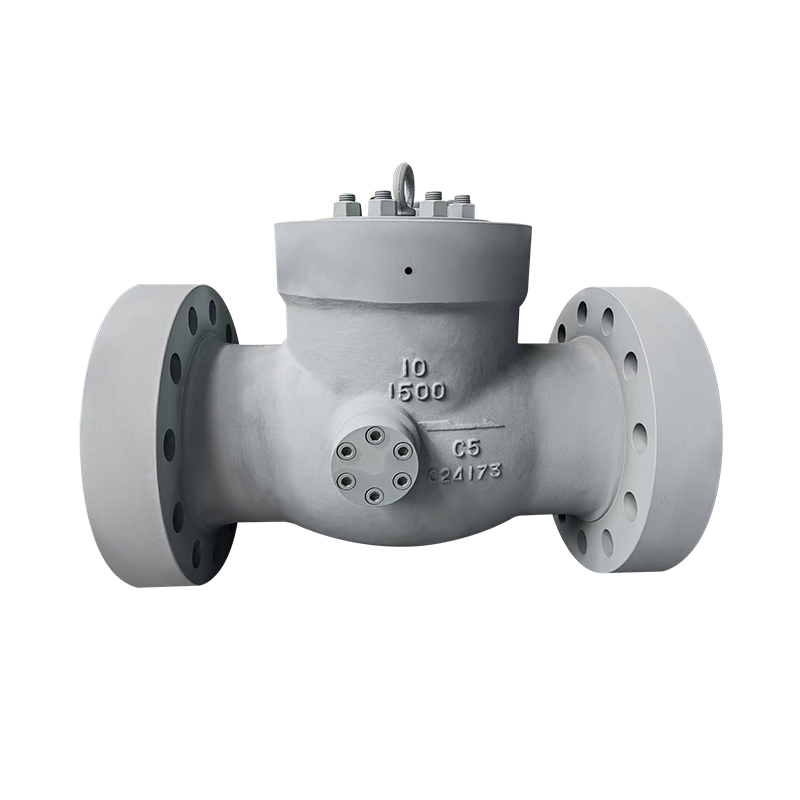
A Corrosion Resistant Check Valve is designed to prevent reverse flow in systems that carry corrosive or chemically reactive fluids. This valve type is commonly used in industries such as chemical processing, wastewater treatment, marine applications, and food production, where exposure to aggressive substances could degrade standard valve materials.

The primary function of a check valve is to allow flow in one direction while automatically preventing flow reversal. In a corrosive environment, material selection is key. These valves are typically made from high-performance alloys like stainless steel, Hastelloy, titanium, or non-metallic materials such as PTFE or PVC. The valve's internals, including the seat, disc, and spring (if used), are carefully selected to resist chemical attack and maintain sealing performance over time.
Benefits include:
By ensuring that the materials and design match the fluid properties, the Corrosion Resistant Check Valve helps maintain process safety and system longevity, making it an essential component in corrosive fluid networks.
The Drain Check Valve plays a specific and important role in controlling the discharge of fluids from low-lying parts of a piping system or from process equipment that needs periodic draining. Its primary function is to prevent backflow into the system once fluid has been drained out, thereby protecting equipment from contamination and unwanted flooding.
These valves are often installed in condensate drain lines, sump systems, tank drains, and HVAC equipment. When fluid is discharged, the valve opens under forward pressure. As soon as the flow stops or reverses, the valve closes automatically, usually with the help of gravity or a spring mechanism. This prevents the re-entry of fluid or gas into the system.
Key features and advantages include:
In HVAC systems, for example, a Drain Check Valve helps remove condensate without allowing humid air or debris to flow back into the air handler. In industrial applications, it supports sanitary and safety requirements by isolating waste once it has exited the primary system.
The Dual Disc Check Valve, also known as a double-door or split disc check valve, is a compact and efficient solution for backflow prevention in larger diameter pipelines. It is commonly used in water supply systems, HVAC installations, power plants, and industrial process systems.
The valve operates using two spring-loaded half-discs mounted on a central hinge pin. When fluid flows forward, the discs swing open to allow passage. If the flow reverses, the springs rapidly push the discs back to the closed position, sealing the valve and stopping reverse flow.
Advantages of the dual disc design include:
The Dual Disc Check Valve is particularly useful in systems where energy efficiency and space constraints are important. It combines durability with performance, making it a preferred choice for modern piping networks.

